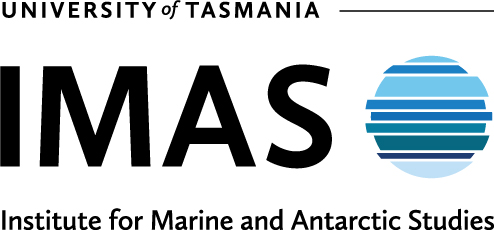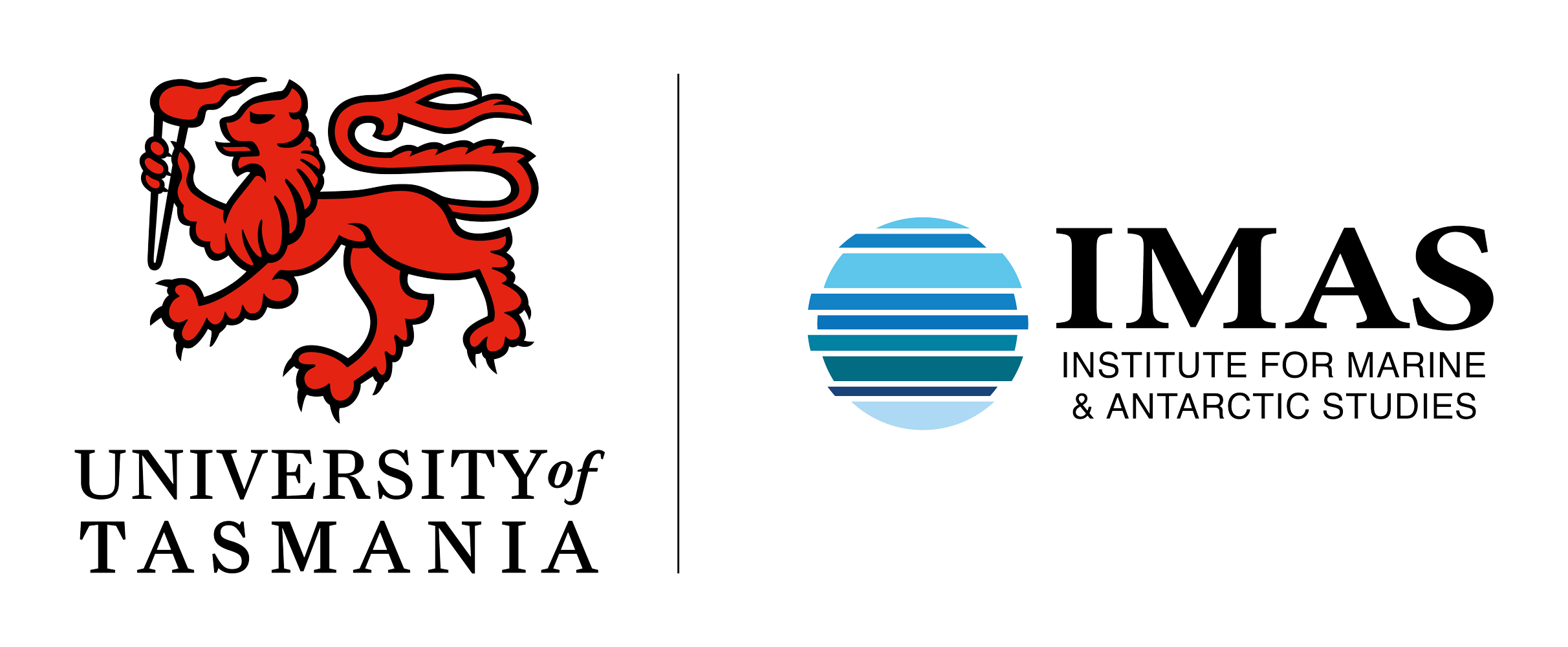Catch, Effort and CPUE
Gould’s Squid availability in Tasmanian waters is highly variable with a few notable peaks in abundance and thus effort, as reflected by its catch history. The highest Gould’s Squid catch over the assessed time series was 1,071.8 t in 2012/13, with the Australia-wide catch for that year predominantly coming from Tasmanian waters (Flood et al. 2014).
Gould’s Squid catches from the recreational fishery are considerably lower than commercial catches during recreational survey years, ranging from 2-80% of commercial catches. Recreational catches, however, are similar to commercial catches during normal (i.e., low catch) seasons.
Effort for automatic squid jig tends to match temporal patterns in catch, presumably largely reflecting the availability of Gould’s Squid in Tasmanian waters. In some seasons, higher catches have been achieved with relatively low effort.
Following initially low levels up until 2006/07, CPUE has been highly variable and thus largely uninformative, i.e., reflecting broad trends in catch effort and effort.
The latest full Scalefish Assessment can be found at the link:



